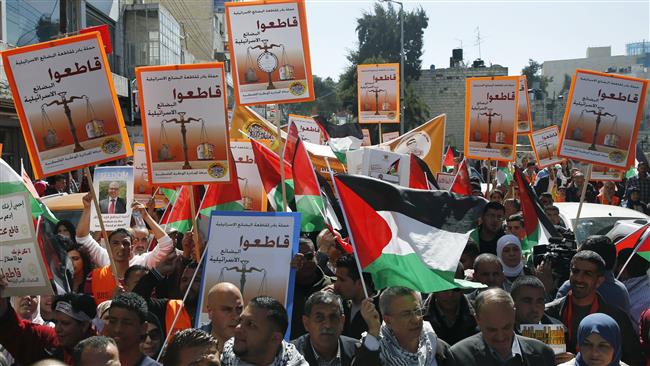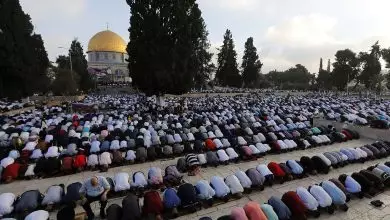Palestinians ban goods from five Israeli firms

In a tit-for-tat move, Palestinians have decided to ban goods made by five Israeli companies from entering the occupied West Bank after the Tel Aviv regime made a similar decision.
“In response to the Israeli decision to ban the entry to Jerusalem (al-Quds) of products from five Palestinian companies, the government decided to ban the entry of products from five Israeli companies” to the West Bank, said a Tuesday statement issued after the weekly meeting of the Palestinian cabinet.
The statement added that the decision takes effect immediately.
The five Israeli firms include dairy companies Tnuva, Strauss and Tara, meat company Zoglobeck and drinks company Tapuzina.
The move by the Palestinian government to ban Israeli goods is the first such decision against the Tel Aviv regime.
The decision to boycott Israeli goods comes as Israel recently banned products made by five Palestinian businesses from entering al-Quds.
Palestinians have been calling for the boycott of Israeli goods, urging people worldwide to unite against Tel Aviv and put an immediate embargo on Israeli products.

A decade ago, a coalition of worldwide organizations established an international campaign, known as the BDS, which advocates boycott, divestment and sanctions against Israel.
The movement calls for an economic boycott of Israel to force the regime to end its occupation of the West Bank, which it captured in 1967, and respect the right of return of Palestinian refugees. Thousands of volunteers worldwide have joined the BDS ever since to help promote the Palestinian cause.







